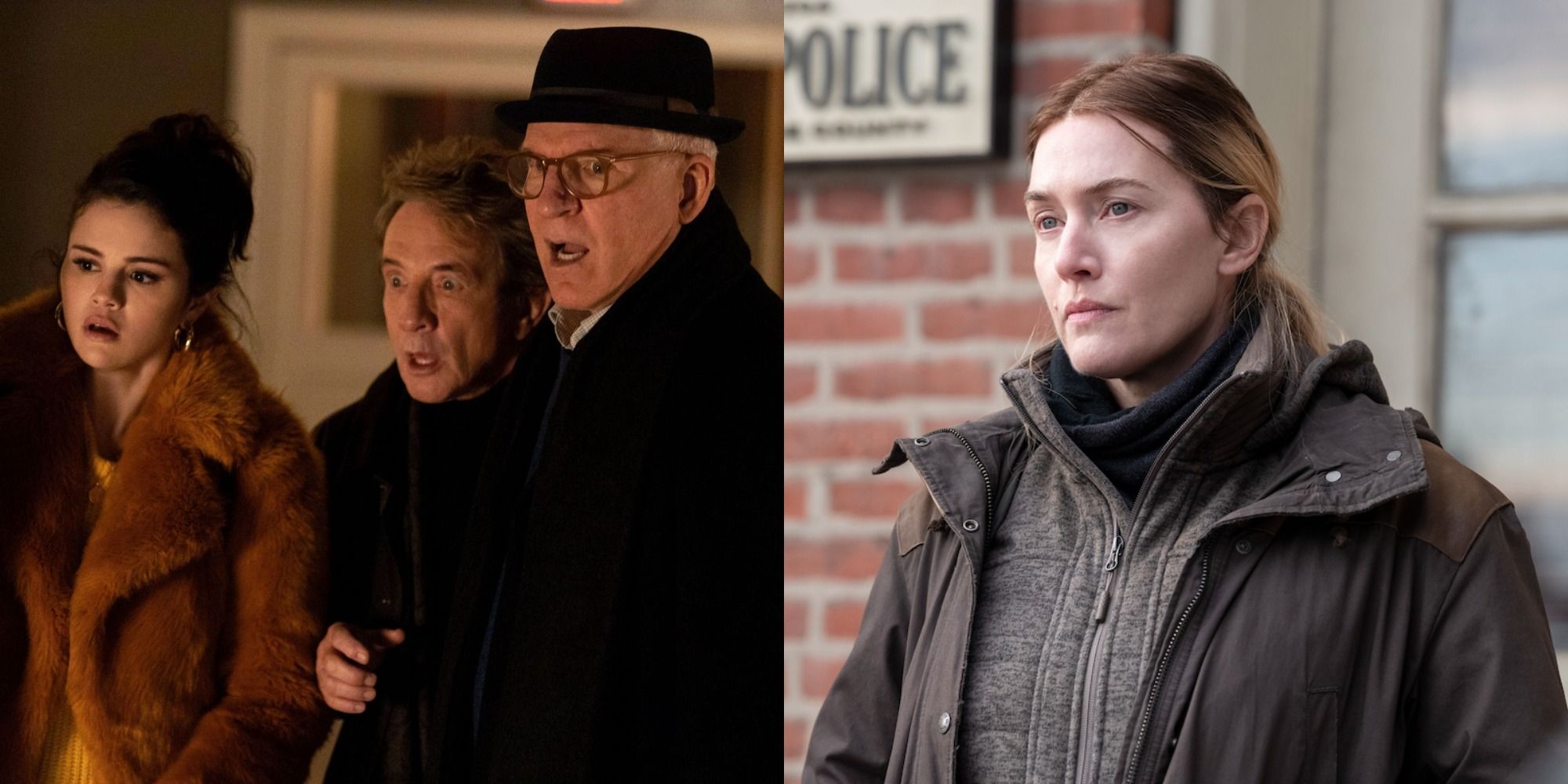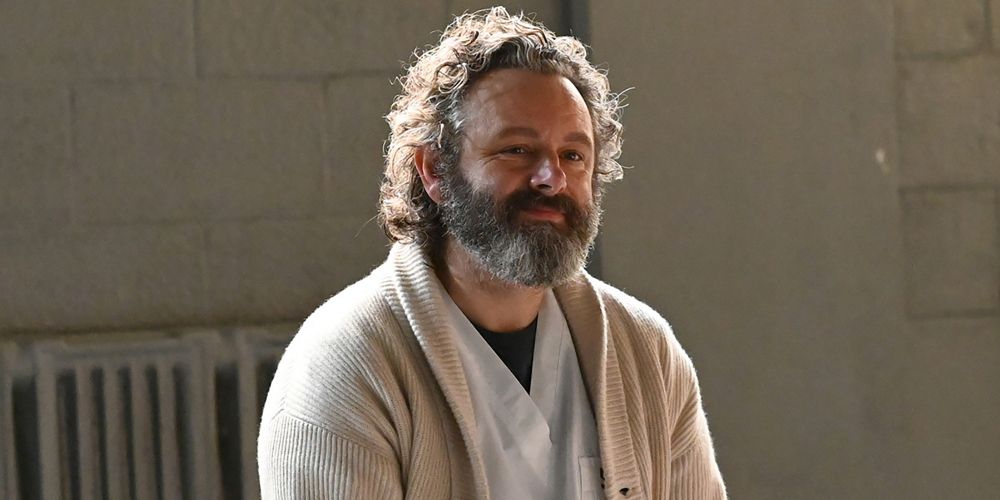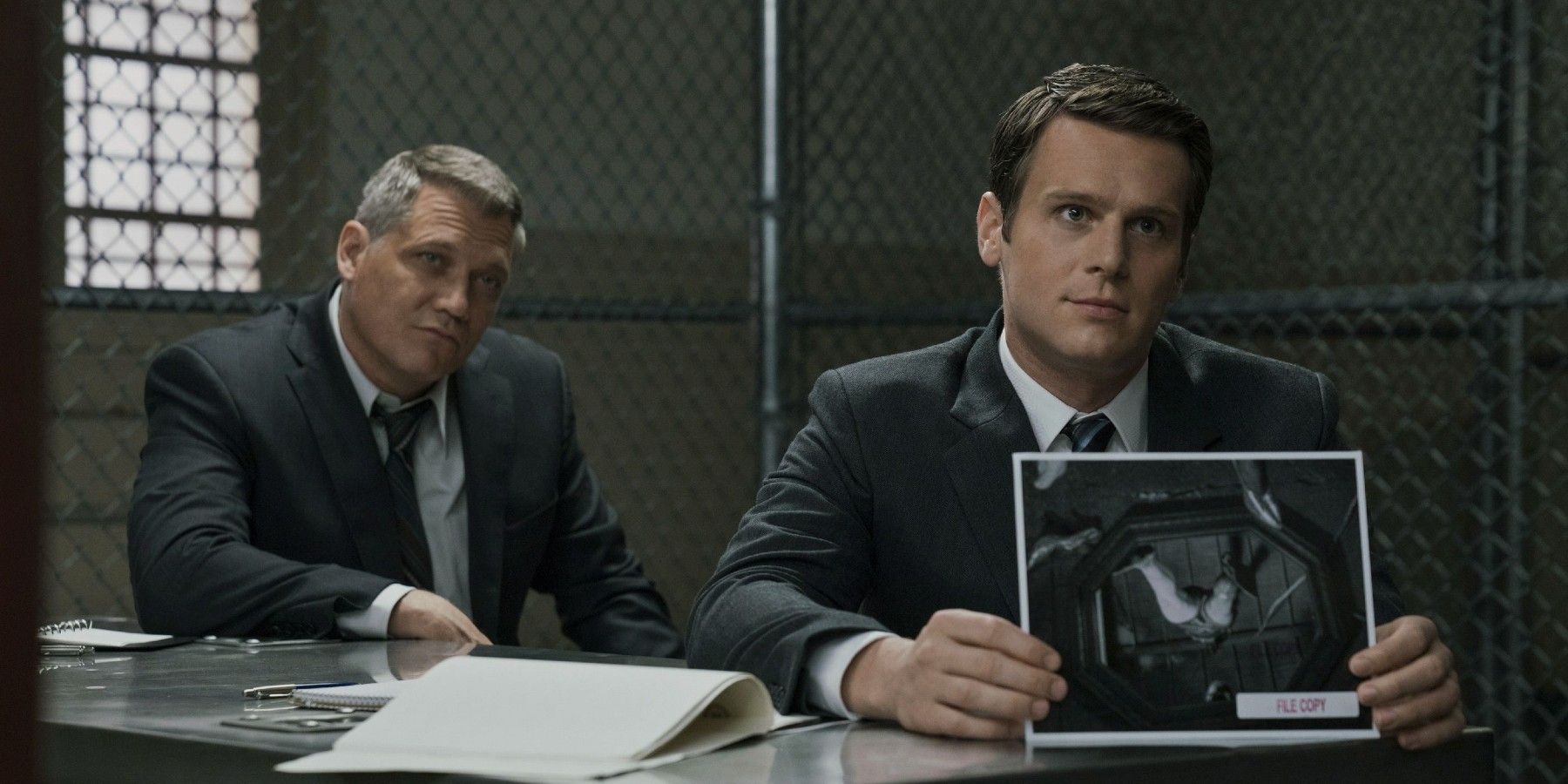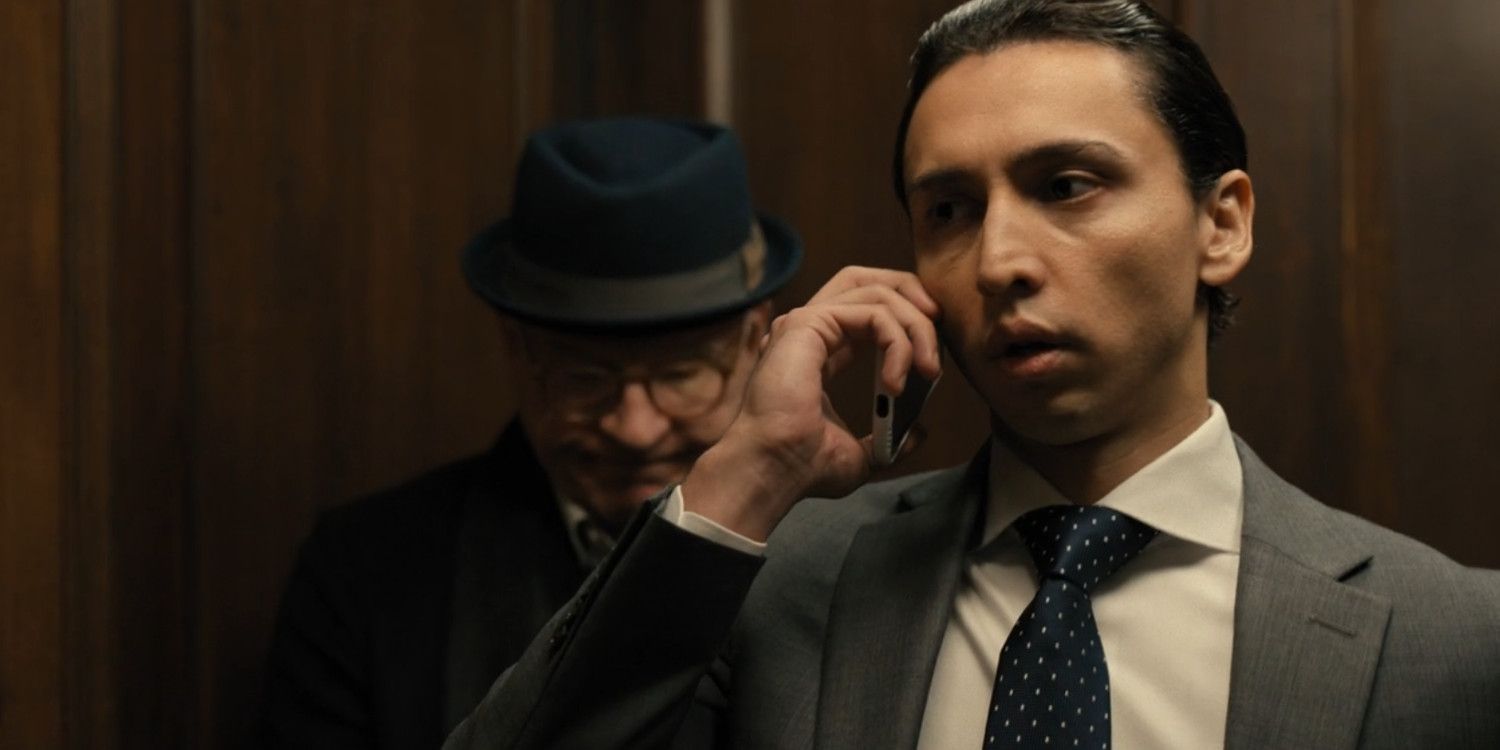Murder Mysteries aren't limited by time period, cinematography, or type of characters, which has allowed for anthology television series, such as True Detective, to thrive and adapt over multiple seasons. The one thing they do have in common is their requirement to subvert the audience's expectations.
The cost of constantly overturning expectations, however, is that the surprises become expected: breaking tropes so often creates new tropes. There are some genre staples that surprise, stay the course, and keep murder mysteries alive and well on television today.
The Troubled Detective
The heart of gold fallacy that plays out in murder mysteries isn't only limited to the detective, but any brooding character that comes off as charming, but hides dark, ulterior motives. This trope signals to the audience that the character's personal life will fall apart, and often connect to the main plot itself. When done well, the troubled character's past will connect to and clarify the story, adding a new dimension to the show. When done poorly, it can lead to the audience questioning whether being bad really is an interesting character flaw.
Recently, Mare of Easttown shows the renegade detective, Mare Sheehan, drink, swear, and cause trouble as she attempts to solve a murder. This show can be rewarded for subverting the trope by making the lead character female, as the slot is usually filled by a male actor, such as in True Detective.
Reverse Who-Dunnit
Starting off knowing who committed the murder may seem counter-intuitive to a good mystery, but it leaves space for other questions to arise and all facts to be reconsidered. This type of plot lulls the audience into a sense of safety before assuring them that, simply because they know who did it, doesn't mean it's over.
More and more often, audiences are interested in the psychological motivations and intricacies of why a murder takes place, rather than how. The Fall is a great example of balancing the crime with the human behind it, which leads with the perpetrator's identity being revealed, and lets the strong and addictive story take over from there.
Memory Wipe
The easiest way for a character to become their own mystery is to lose their memory of what happened during the events in question. Whether it is from an injury, an intoxication, or unknown reasons, as soon as a character cannot remember what took place, they are able to play both the lead victim and the lead detective. This also adds an element of constant doubt, which can be intriguing or frustrating, as the lead character might not be able to be trusted.
In the hugely popular Flight Attendant, Cassie Bowden loses an entire night of her life, and wakes up having to explain a murder. This drama tension creates the story engine for the entire season, as well as the second season, shortly coming out in Spring 2022.
Amateurs Do It Best
The idea that anyone could be the world's best detective is an intoxicating one. But it has become so overused that the untrained underdog would spot things that professionals miss, usually leading to them becoming folded into the mystery, and ultimately, breaking the case.
In the case of the well-received Only Murders in the Building, three residents of the victim's apartment building team together to figure out what really happened. They gain enough confidence to do it through listening to the same true crime podcast, something that has spiked in popularity over recent years. Another example of this is in Stumptown, when Dex goes from a Marine officer to a detective extraordinaire who can fight like a pro in an extremely short period of time.
The Genius
Some characters are simply too intelligent for their own good. Or, anyone else's good, for that matter. The genius trope comes in to provide an omniscient, god-like character that has deep moral flaws and vices, but none that affect their super-human brain.
The production starring Michael Sheen, Prodigal Son, is an example of this, with the two lead characters both possessing an extraordinary level of intelligence. This makes for an interesting power dynamic between the two men, as their familial emotions get in the way of their seemingly untouchable minds.
A Terrible Liar
This trope can show itself in many ways, through a character's actions, lack of actions, and verbal inconsistencies. It can be utilized to show subtext, or imply an alternative truth, such as a crime-related injury being explained away as a self-inflicted mishap.
In the first series of Fargo, Lester Nygaard receives an injury from a murder he was involved in. The more he tries to come up with excuses of varying plausibility, and get away with what he's done, the more the injury festers. The trope is used to signal his decaying morals as the series goes on.
Fake Death
If a death does not occur, is it really a Murder Mystery? The short answer is: yes. A non-murder mystery can still follow the tropes and structure of the genre without following through on the promise of a death, though the satisfaction of that storyline isn't guaranteed.
Sherlock gave viewers the fake death to end all fake deaths through an intricately planned fall, leaving Watson in the dark and grieving his dear friend. Fans of the books weren't so surprised, as Arthur Conan Doyle famously killed off his protagonist only to have to explain his way back into life after the public outcry. Whether the series' audiences were surprised or not, the fake death trope lives on, giving breath to storylines new and old.
Getting In Their Head
Profiling has rocked the television world with Criminal Minds, MindHunter, and more diving into the behavioral analysis of the murderers themselves. It's become so popular that it is now being simplified and stereotyped on screen.
The idea of guessing what motivates a criminal is nothing new, but the supposed accuracy of it, shown in Luther and Hannibal, make these characters possess incredible abilities. At times, when the analysis goes in-depth and spot-on, the detectives and therapists display near-telepathic skills, which is the danger this trope creates: it can make the dramatic question a little too easy to resolve.
Unsympathetic Victim
Sometimes a victim is so unlikeable, the suspects become too many instead of too few. If delved into, the storyline unravels into a rich mystery. This trope can also be used to provide an excuse of why the death isn't to be taken too seriously, in a sense dehumanizing the victim.
When the three true crime fans in Only Murders in the Building look into the death of their neighbor, they reveal how unlikable the character was by the rest of the building compared to others. At the same time, they build Tim Kono as a full, flawed, and loveable character the more they investigate, making the self-aware series use this trope for good.
The Big Reveal
The final trope that follows Murder Mystery around is the pattern of either the protagonist or antagonist getting carried away and revealing every detail of the crime, and then some. It usually consists of the criminal mastermind boasting, or the lead detective giving some wrap-up exposition to tie up all of the loose ends.
In a way, it can be a satisfying ending with everything coming together, but in another way, it can be breaking the key aim of television, which is to show instead of tell. Shows like Sherlock and Castle built these end-of-episode discussions into their format, making sure the audience got all of the necessary information and pulling every storyline together. They also cleverly subverted their own structures, introducing unfinished stories, cliffhangers, and missed connections to bring everyone to the edge of their seat.











